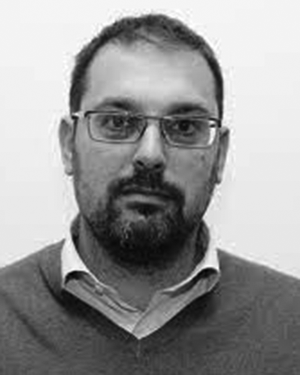I. Introduction
The extensive deployment of traffic monitoring cameras has generated a great amount of visual data for various applications such as intelligent surveillance systems [1], smart transportation [2], and urban informatics [3]. A paramount problem in such analytics is the association of targets among disjoint cameras. When targets to reassociate are vehicles, the problem is known as vehicle reidentification (VeRe-ID). As shown in [4], the problem is extremely challenging since vehicles present a high intraclass variability (caused by the diversity of car shapes from different viewpoints) tied with a small interclass variability (models produced by various manufacturers are limited in their shapes and colors).








